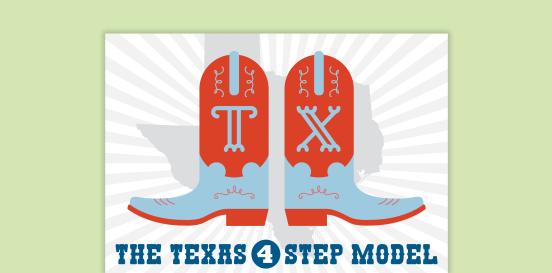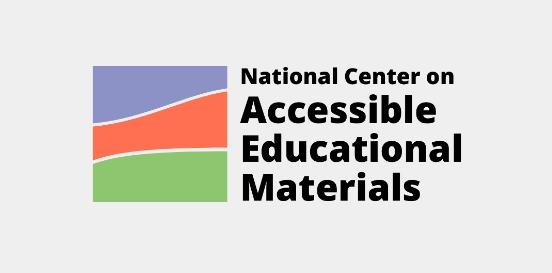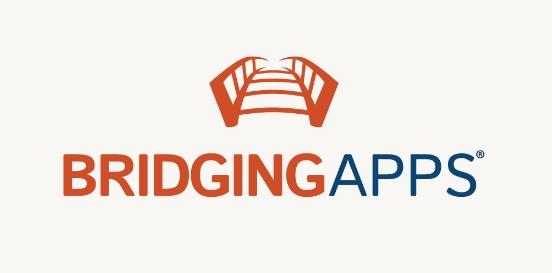Portable Timers/Stopwatch
Portable timers and stopwatches are used to help students better understand the passage of time. The devices can portray time in a visual way so that students can budget their use of time better and transition more easily.
Considerations
Take the following considerations into account when selecting and implementing AT to ensure that the chosen tools are well-suited to the student’s needs, align with their goals, and seamlessly integrate into their educational journey. By embracing a collaborative approach and considering the specific skills, tasks, and implementation context, educators can provide students with the necessary support to thrive academically and functionally, promoting inclusivity and fostering their overall success.
Skills and Tasks What skills or tasks will the student utilize this tool for? What areas, functional or academic, does this tool support?
- Time management
- Transitions
Implementation Context In what activities, classes, or environments will the student utilize this tool?
A timer or stopwatch can be a valuable assistive technology tool for students in various ways:
- Time management: Many students, especially those with ADHD or other executive functioning difficulties, struggle with managing their time effectively. A timer can help them allocate time for specific tasks, such as studying, completing assignments, or taking breaks. They can set the timer for a certain amount of time to focus on a task and then take a break when the timer goes off, helping them stay organized and on track.
- Staying focused: For students who have difficulty maintaining focus for extended periods, a timer can serve as a visual and auditory cue to stay on task. They can set the timer for short intervals, such as 10 or 15 minutes, and work on a task until the timer goes off. This technique can help students break tasks into manageable chunks and maintain concentration.
- Managing test-taking time: During exams or quizzes, students can use a stopwatch to keep track of how much time they have left to complete each section or question. This can help them pace themselves effectively and ensure they have enough time to answer all questions.
- Self-regulation: Some students may struggle with impulsivity or rushing through tasks without thoroughly checking their work. A timer can help them self-regulate by setting limits on how much time they spend on each task or how quickly they move through assignments. This encourages them to slow down, double-check their work, and improve the quality of their output.
- Transitioning between activities: For students who have difficulty transitioning between activities or tasks, a timer can serve as a helpful signal that it's time to move on to the next activity. They can set the timer to go off at the end of one activity, signaling that it's time to start another.
- Building independence: Using a timer empowers students to take control of their own time management and productivity. It encourages them to set goals, monitor their progress, and make adjustments as needed, fostering independence and self-reliance.
Overall, a timer or stopwatch can be a versatile and effective assistive technology tool for students, helping them with time management, focus, self-regulation, and independence in their academic pursuits.








